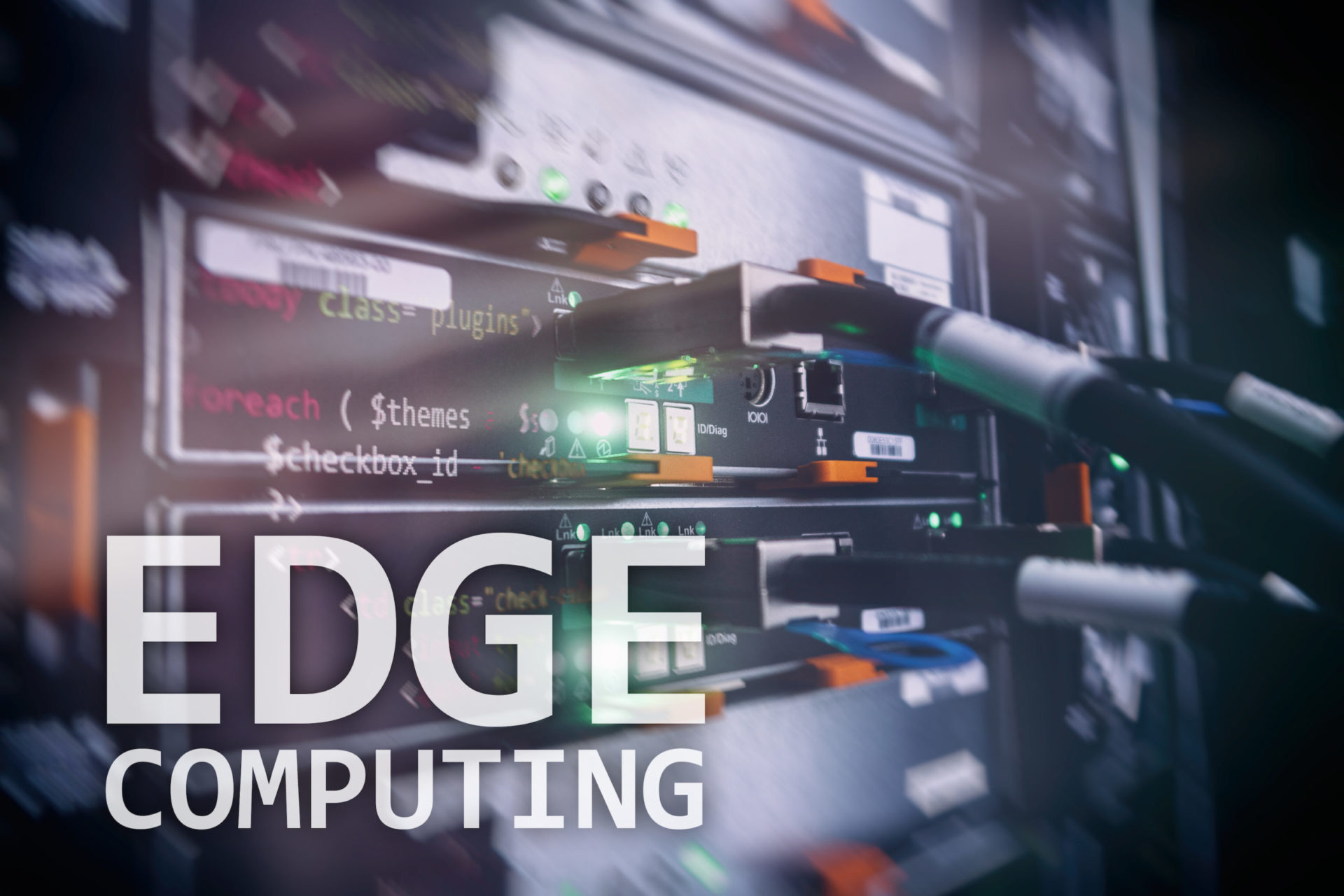The modern world is awash in buzzwords. The foundry industry is no different. Amongst those thrown around the industry’s board rooms are terms like “digital transformation,” “cloud computing,” and “big data.” In a very real sense, every company in the modern world is a data company, with a need to collect as much information on their customers, sales, marketing, and processes as possible to optimize them in an immensely competitive market. Very often, many have turned to cloud computing as a solution. However, the cloud computing idea of storing data and the ability to process it in remote shared servers is not always the best solution. While it reduces costs by not having to purchase and maintain larger servers on-site, it can actually be slower than having those capabilities on-site and as close to the origin point of the information as possible. That’s where edge computing comes in.
Edge Computing
Edge computing is literally the opposite of cloud computing in that it brings the data collection, storage, and processing abilities as close to the process as possible. This is not only faster than cloud computing; it avoids potential problems that can arise from off-site power outages, staffing issues, and data breaches that are beyond your direct control. How does this relate to the foundry world?
Real-World Example
Given the continually increasing concern about emissions from conventional vehicles and the desire to increase the range of battery-powered vehicles, there is a great deal of incentive to reduce the weight of as many components as possible without sacrificing safety. A solution to this is diecast aluminum. The relative lightness of the metal compared to steel reduces the amount of gas or electricity needed to move a vehicle down the road. However, that is only part of the story. To improve the process, detect defects, and spot equipment issues in the early stages, Siemens partnered with Toyota to test out a new edge computing system. Using their Industrial Edge AI, Siemens was able to analyze 40,000 data points on each casting. Yes, you read that right, 40,000. While that is certainly a significant number and it sounds good, what are the actual benefits?
One, of course, is ultimately decreased cost on the part of the manufacturers. Defects can be spotted early, allowing defective parts to be discarded before any more time is spent on them. Should a common problem arise, it can be analyzed and the process improved, making it more efficient. Also, when problems with equipment can be identified early, they can be corrected with less effort than if the problem continues to the point that much more intrusive work has to be done. Think of it as getting your oil changed regularly to avoid blowing a head gasket. Safety also improves as there is less chance of a defect down the road that could damage the vehicle.
Leverage Your Digital Footprint
As the digital transformation of the industry continues, it will be necessary to continue looking for other opportunities to use the latest technology to improve processes in foundries around the world. It will also be important to be open-minded to different solutions to avoid getting stagnant and dependent on one technology. Sometimes, the answer will be turning to the cloud; others, edge computing will be the way to go. Yet others, it may be that all that is needed is a bit of common sense. The important thing is not to chase trends but to always look for the best solution to whatever problem you may be facing.



